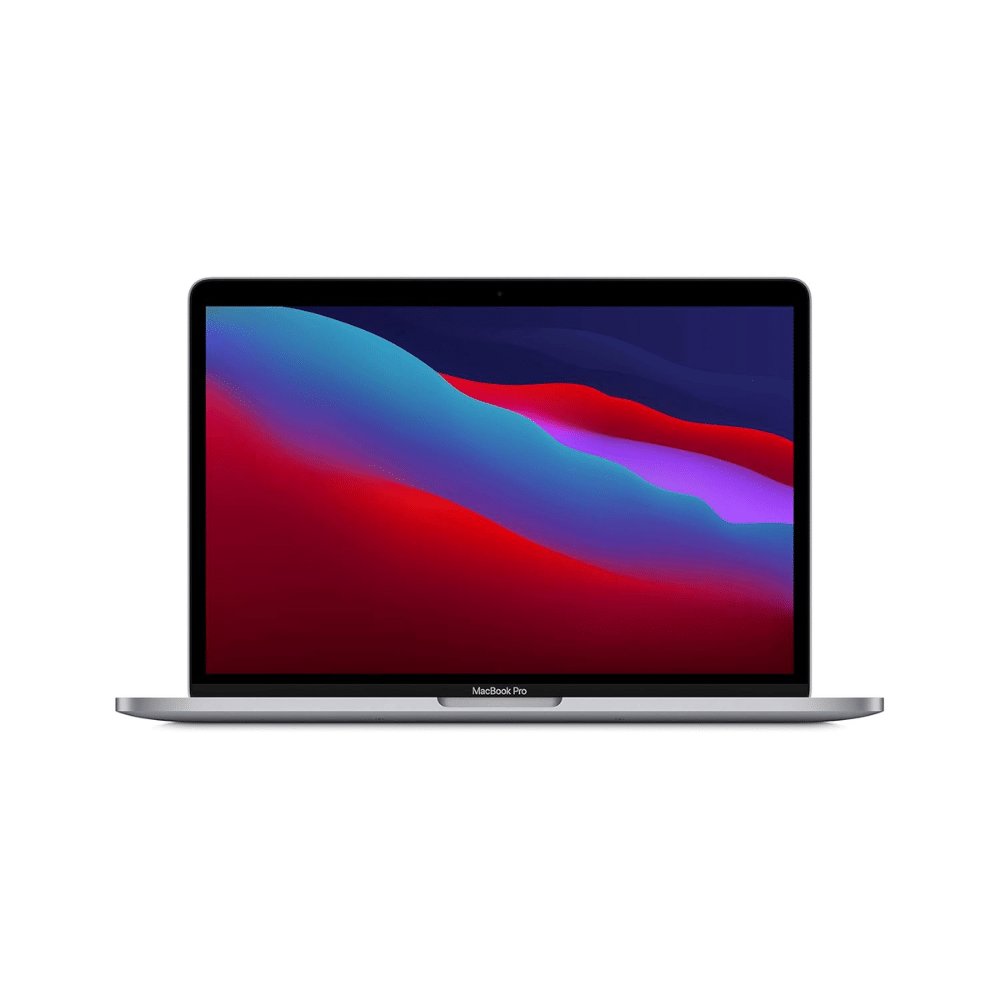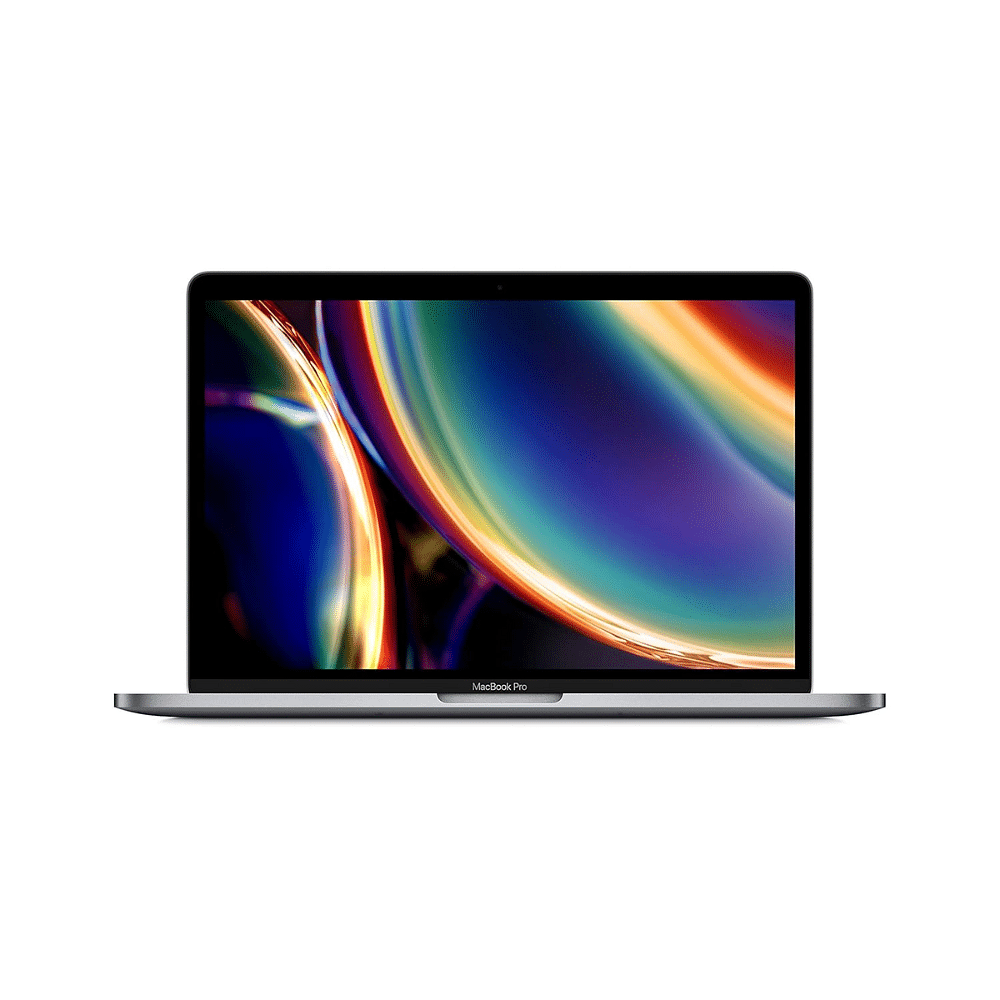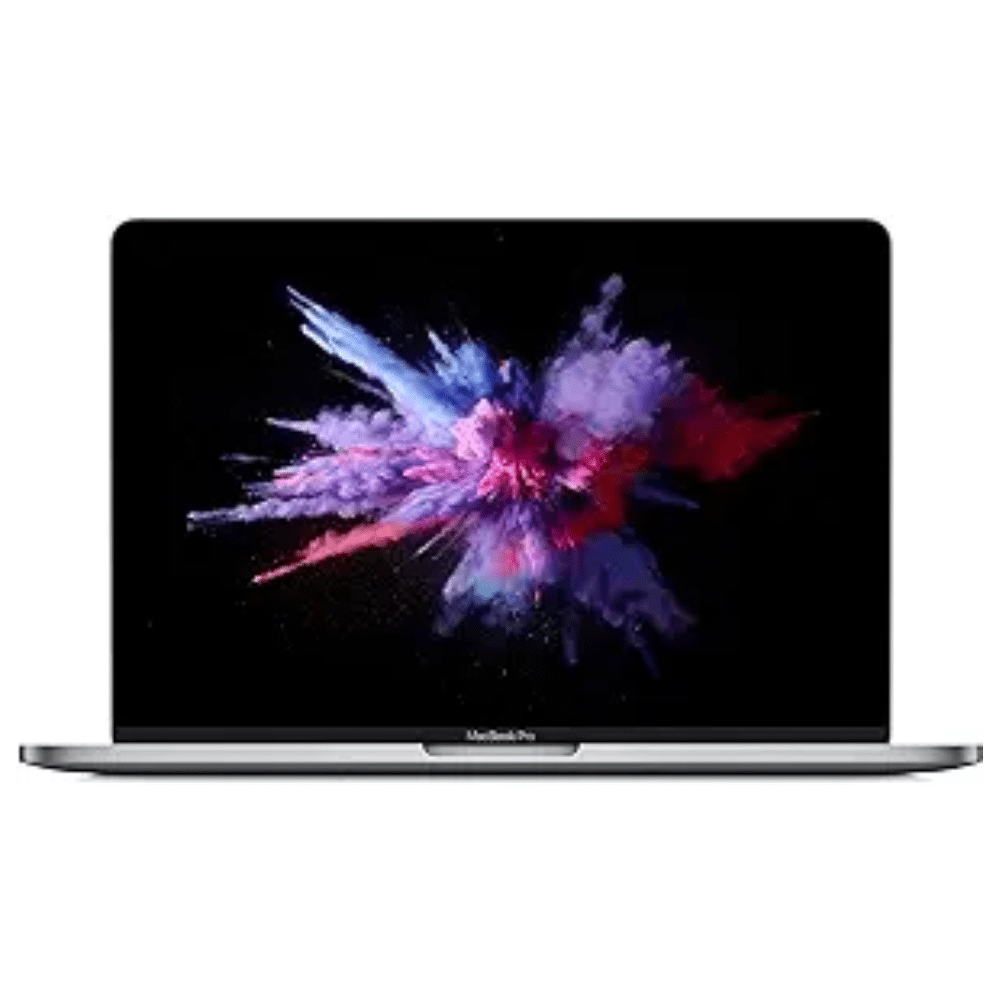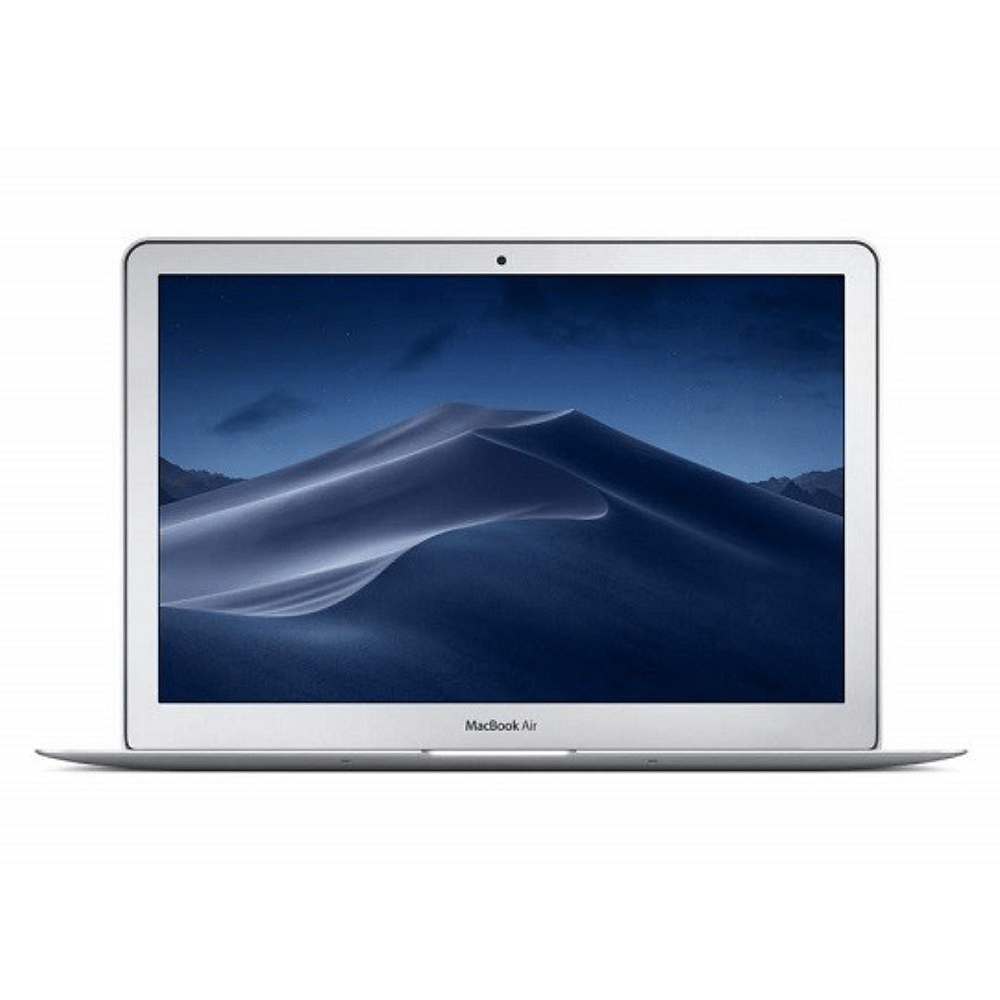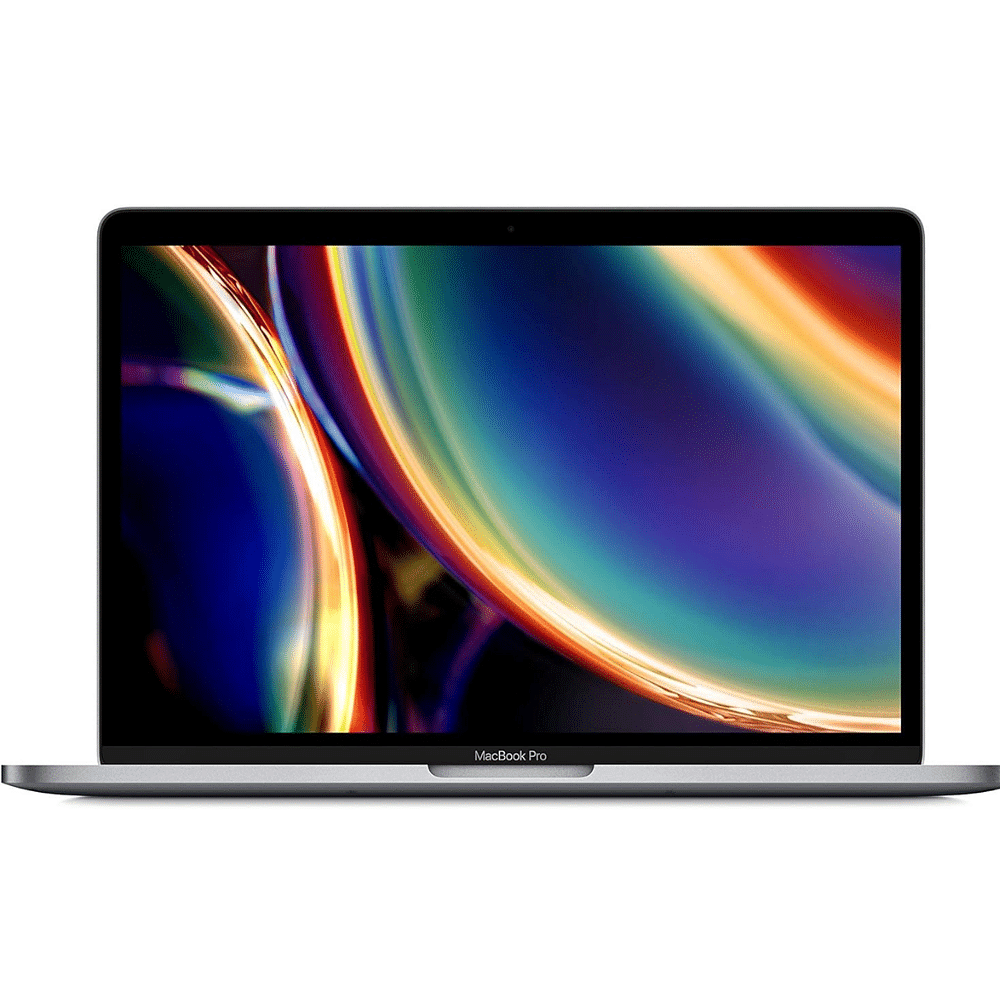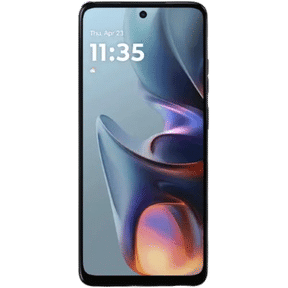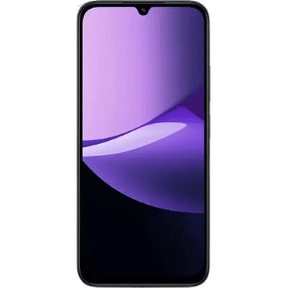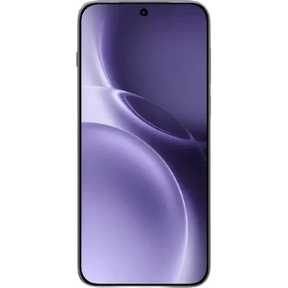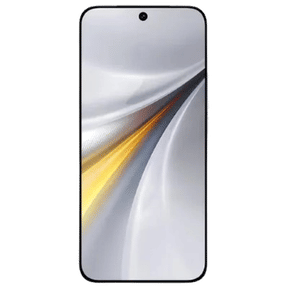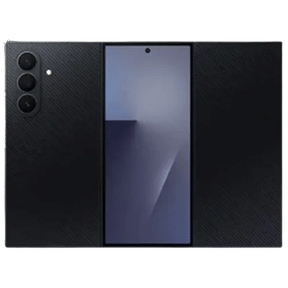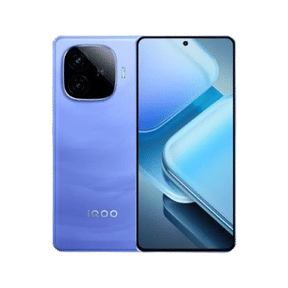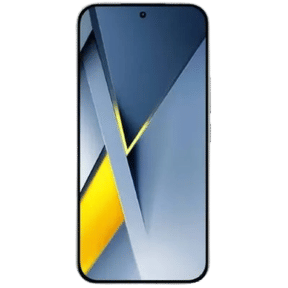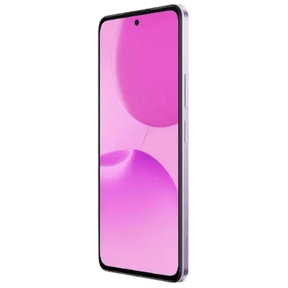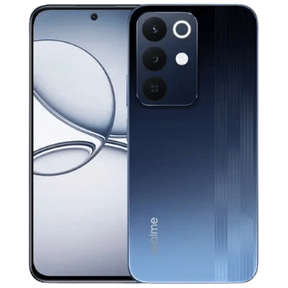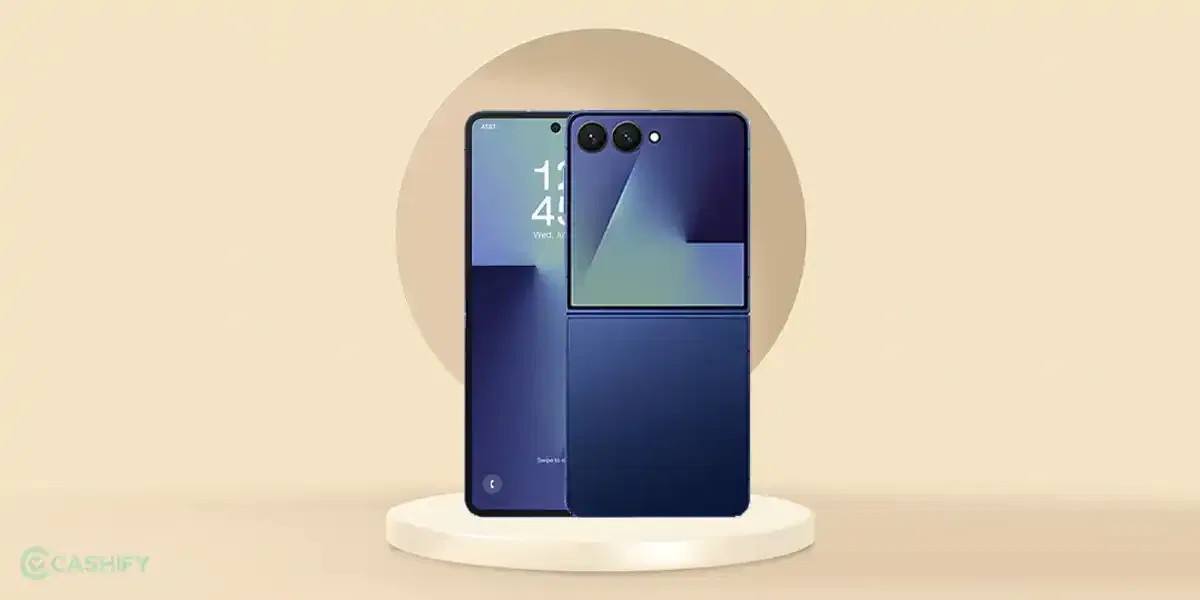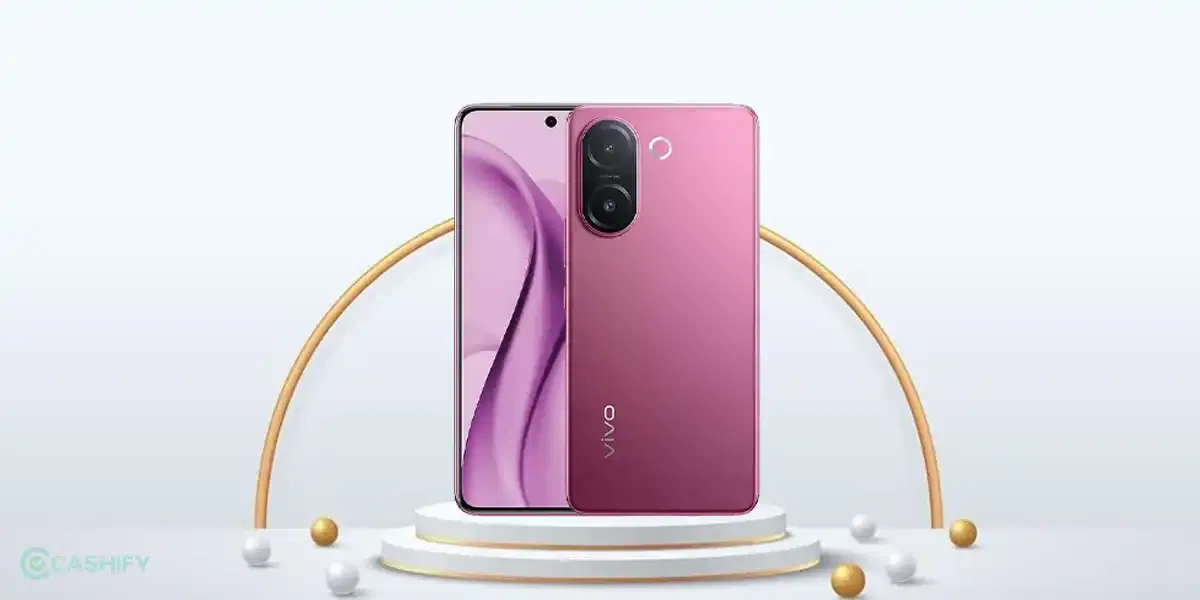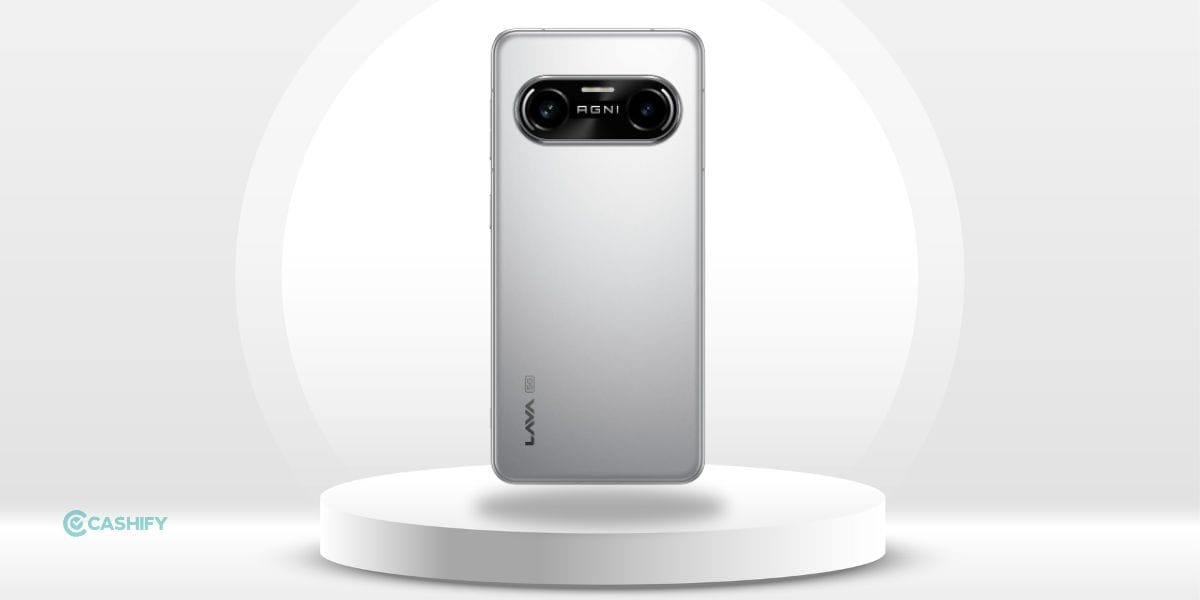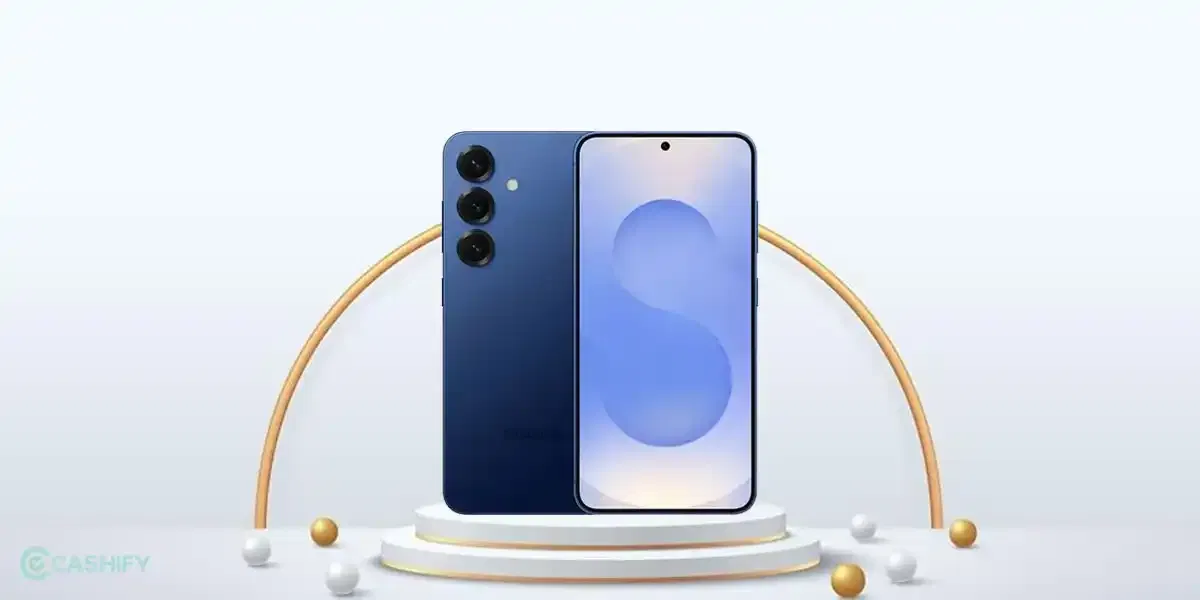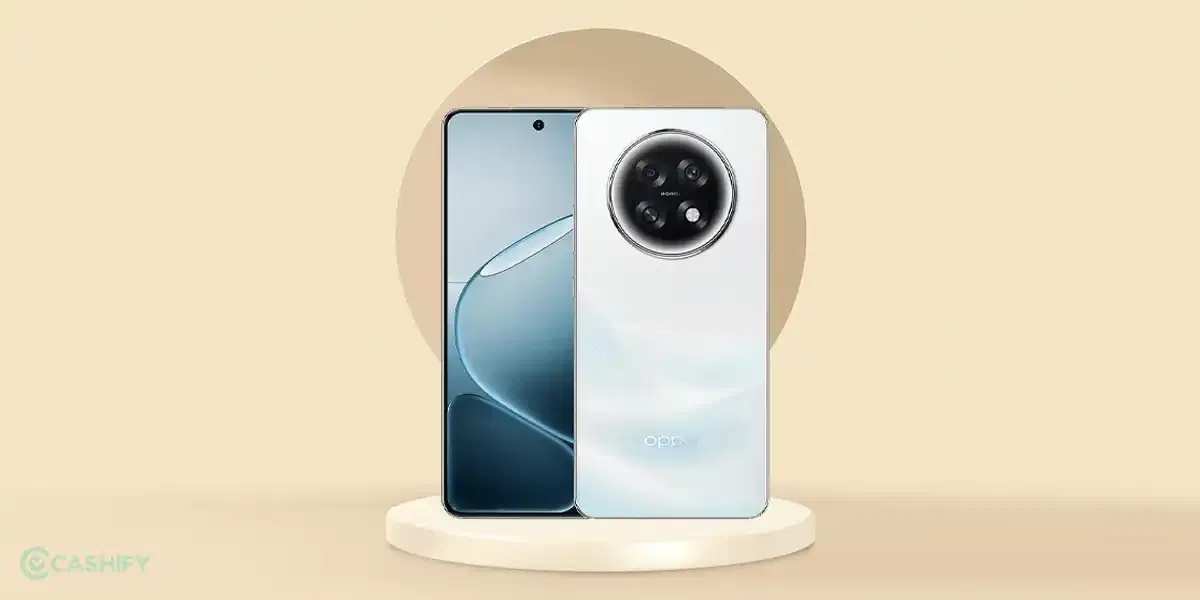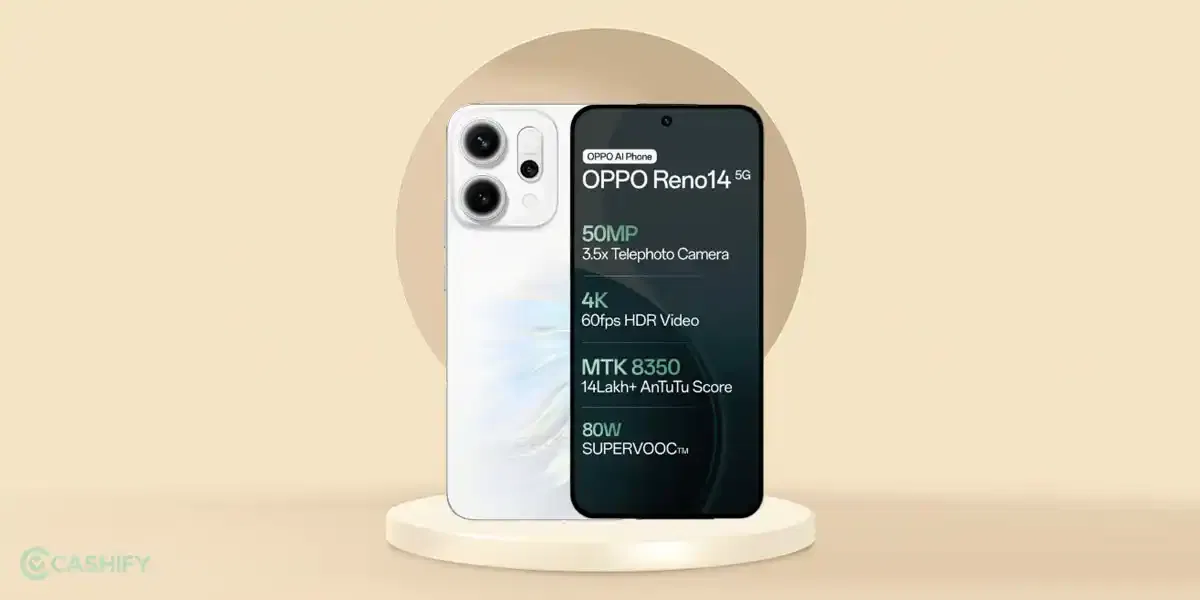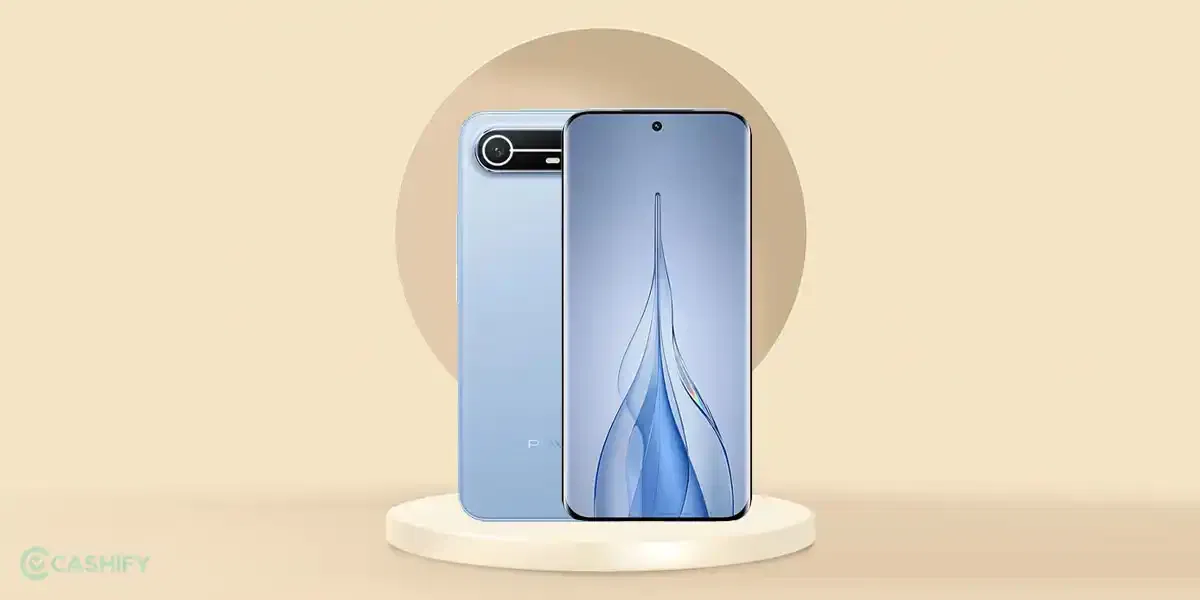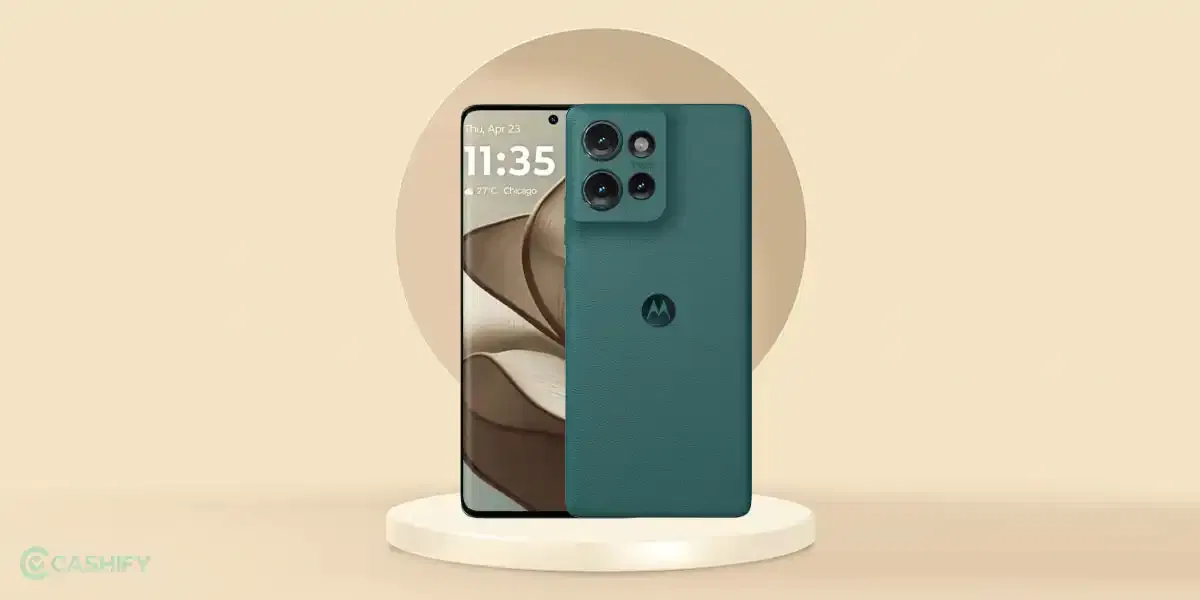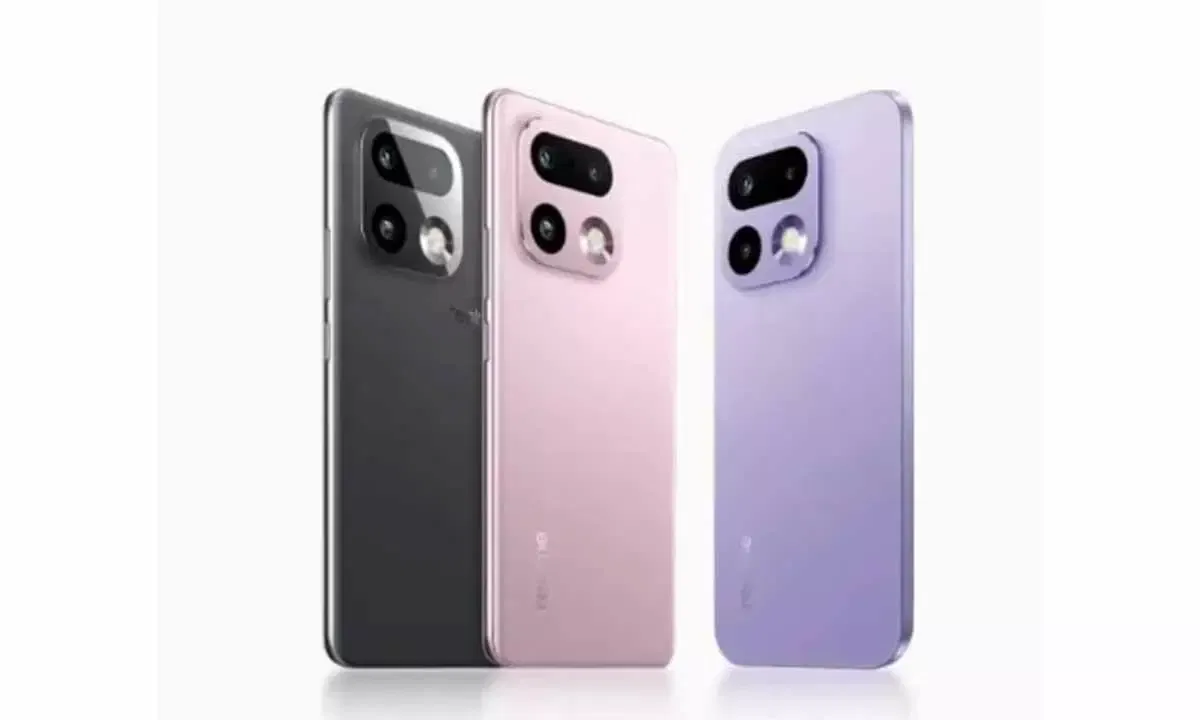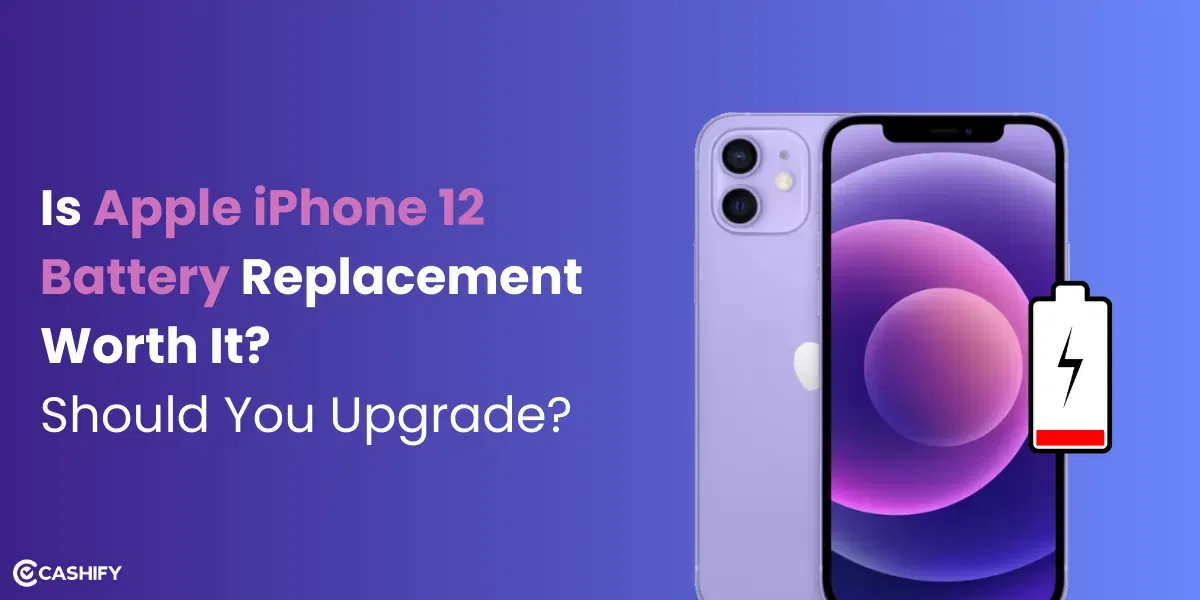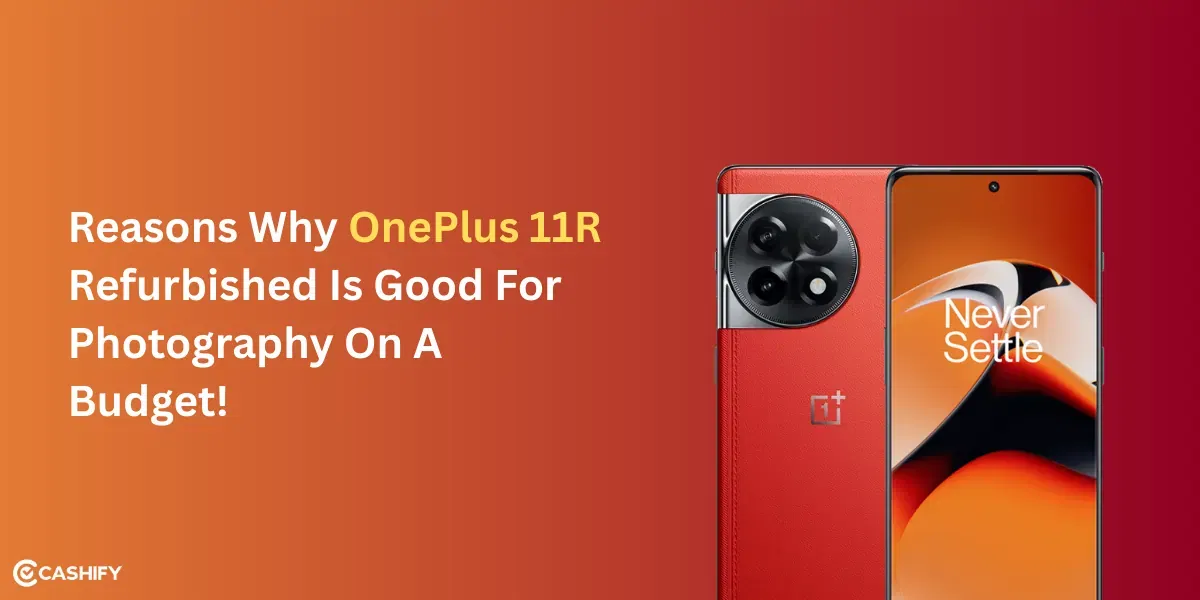
Score
Asus Zenfone Max M2
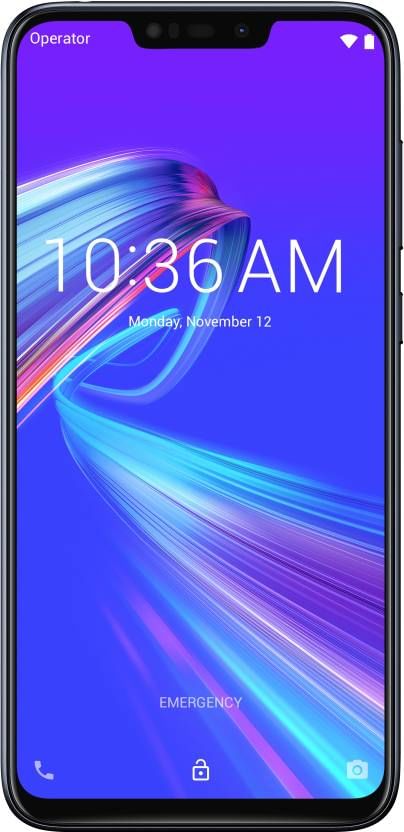
The Asus ZenFone Max M2 cranks up the viewing and gaming experience with a massive 6.26-inch IPS LCD screen and stock Android v8.1 (Oreo) operating system. The display design keeps up with the latest notch-display trend and minimalistic bezels. It has a screen resolution of 720 x 1520 pixels and an aspect ratio of 19:9. Another notable win for the ZenFone Max M2 is that it brings the powerful octa-core Qualcomm Snapdragon 632 processor within an affordable price tag. Not just that, the phone is also equipped with an Adreno 506 GPU for delivering enhanced graphical performance. As for storage, the phone has two variants – 3GB RAM/32GB internal storage and 4GB RAM/64GB internal storage. The 4000mAh battery promises an excellent battery backup.
The ZenFone Max M2 comes with a dual camera setup in the rear – 13MP primary camera coupled with a 2MP depth sensor and an LED flash. The camera has useful features like Digital Zoom, Auto Flash, Face detection, Phase Detection Autofocus, Touch to focus, Continuous Shooting, and HDR imaging, to name a few. The front display has an 8MP selfie camera, also with an LED flash.
There are two colour variants for the ZenFone Max M2 – Blue and Black. While the price of the 3GB RAM/32GB variant is Rs. 9,999, the cost of the 4GB RAM/64GB variant is Rs. 11,999.
About the Product Overview
Pros:
- It features a well-built design with a big display and a tiny notch on top.
- It comes with large battery capacity.
- It is devoid of any bloatware.
- You get a stock Android experience under the 10k segment.
- You get the powerful Qualcomm Snapdragon 632 at a budget.
- The speakers are impressive.
- It is lightweight.
Cons:
- It does not have Gorilla Glass protection.
- The camera is the biggest disappointment. In low light, the performance is average for both the rear and front cameras.
- It tends to warm up while gaming.
Looking at the pros and cons carefully, the ZenFone Max M2 appears to be a steal deal under 10k. The powerful processor and battery make it a reliable daily driver. At a price tag of Rs. 9,999, the phone faces competition from the likes of Redmi 6, Redmi 6 Pro, Realme 2, and Honor 8C.
